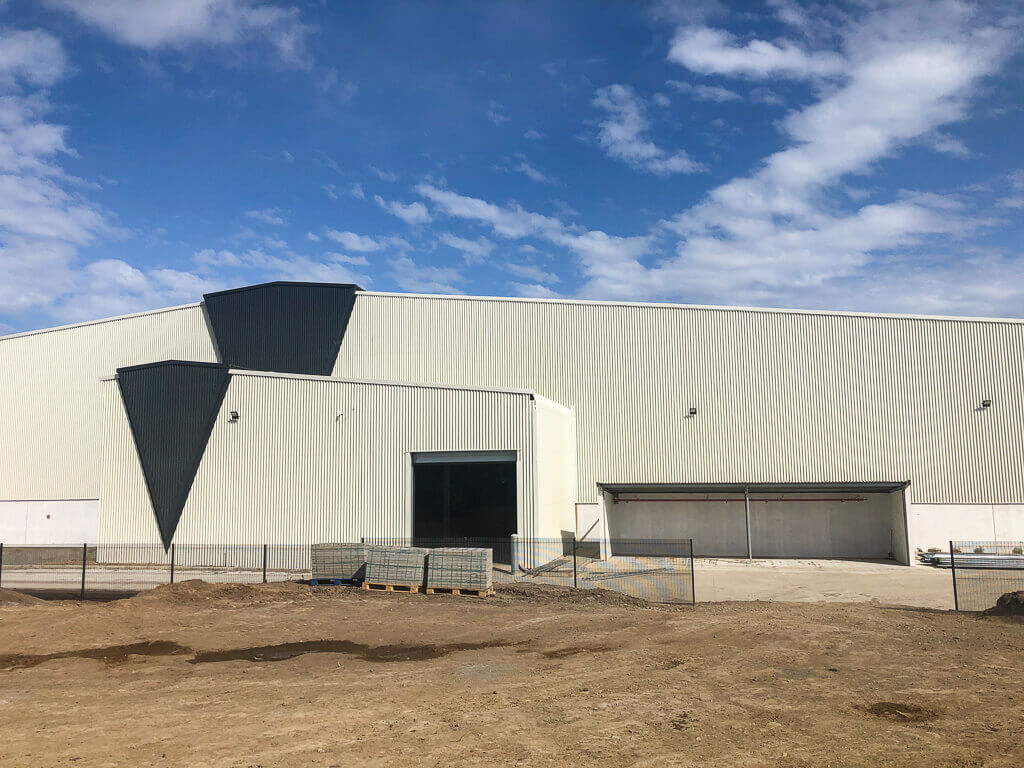The Strength of Steel
At the heart of any commercial steel structure is its unparalleled strength. Steel is a material known for its ability to withstand heavy loads, extreme weather conditions, and the test of time. Unlike other building materials, steel does not warp, crack, or expand with changes in temperature and humidity. This inherent strength makes it ideal for constructing buildings that need to endure significant stress, such as industrial plants, commercial complexes, and multi-story office buildings.
Moreover, steel structures offer superior resistance to natural disasters. In areas prone to earthquakes, steel's flexibility allows it to absorb and dissipate energy, reducing the risk of catastrophic failure. In regions susceptible to hurricanes or tornadoes, steel’s resilience to high winds ensures that buildings remain intact, protecting both property and lives.
Versatility in Design
One of the most appealing aspects of commercial steel structures is their versatility in design. Steel’s high strength-to-weight ratio allows architects and engineers to create innovative and complex designs that would be difficult or impossible with other materials. Whether it’s an expansive open floor plan, a tall, slender tower, or a structure with unique geometric shapes, steel can bring ambitious architectural visions to life.
Steel’s versatility also extends to its adaptability. Buildings made from steel can be easily modified, expanded, or repurposed to meet changing business needs. For instance, adding additional floors or extending the building’s footprint can be done with minimal disruption and cost. This adaptability makes steel structures a future-proof investment for businesses.
Speed and Efficiency in Construction
Time is often a critical factor in commercial construction projects, and this is where steel truly shines. Prefabricated steel components can be manufactured off-site and then quickly assembled on-site, significantly reducing construction time. This efficiency not only speeds up project completion but also minimizes labor costs and reduces the impact of weather delays.
Additionally, the precision of steel fabrication ensures that the components fit together perfectly, reducing the need for on-site adjustments and minimizing waste. This level of efficiency is particularly beneficial for businesses looking to get their operations up and running as quickly as possible.
Sustainability and Environmental Impact
In today’s world, sustainability is a key consideration in construction. Steel is a recyclable material, making it an environmentally friendly option for commercial structures. In fact, steel can be recycled indefinitely without losing its strength or integrity, reducing the need for raw materials and lowering the environmental footprint of construction projects.
Furthermore, steel buildings are energy-efficient. Modern steel construction methods incorporate advanced insulation techniques and energy-saving technologies, Commercial Steel Building helping to reduce heating and cooling costs. This energy efficiency translates to long-term savings for businesses and contributes to a reduction in overall energy consumption.
Applications of Commercial Steel Structures
The applications of commercial steel structures are vast and varied. They are commonly used in the construction of warehouses, factories, office buildings, retail spaces, and even large-scale agricultural facilities. Steel’s versatility also makes it suitable for constructing schools, hospitals, and sports arenas.
In industrial settings, steel structures provide the durability needed to support heavy machinery and equipment, while in retail environments, they offer the flexibility to create large, open spaces that can be easily adapted to different layouts and designs.






Comments